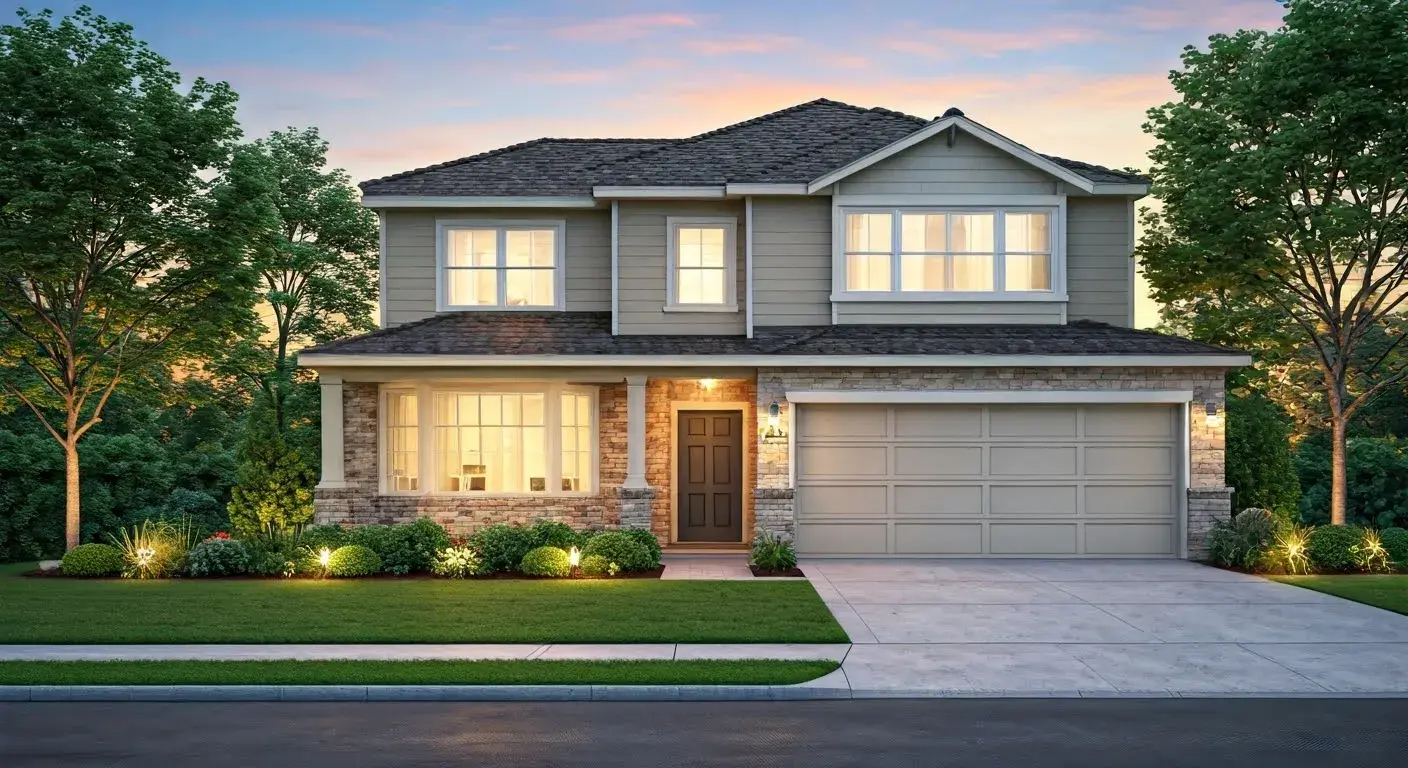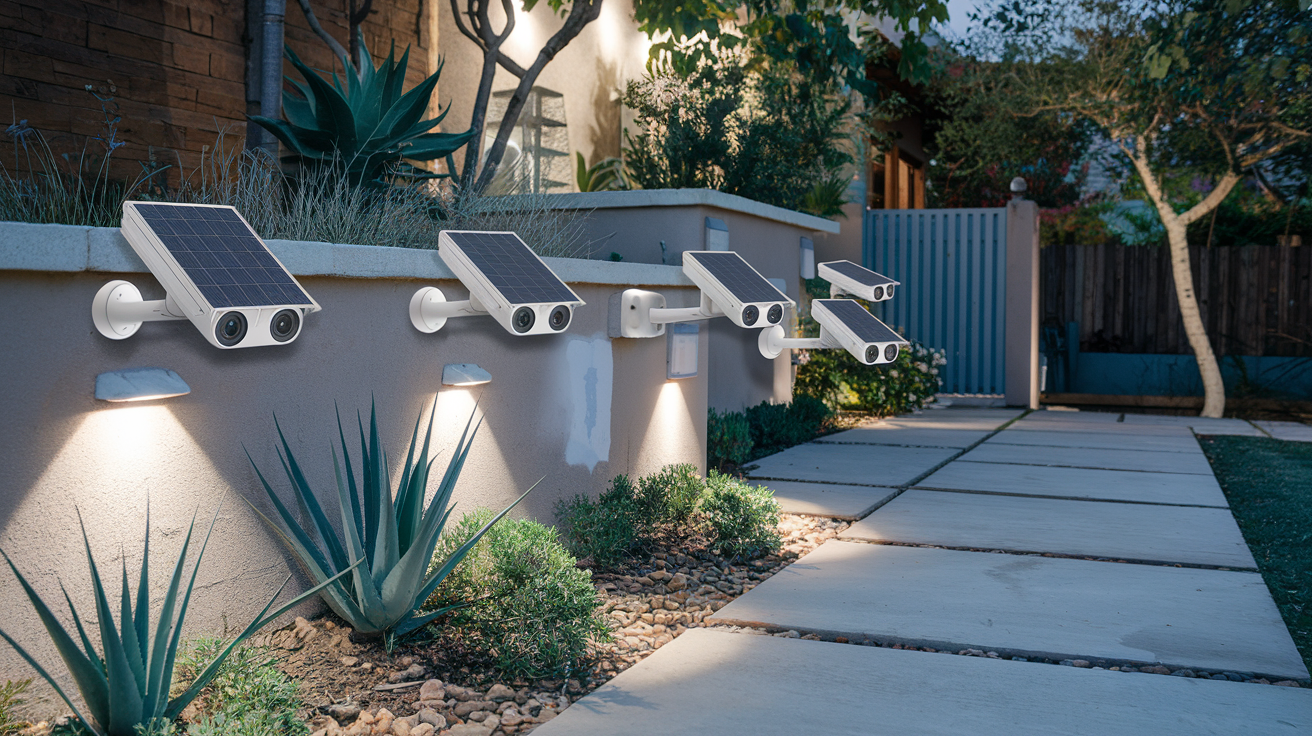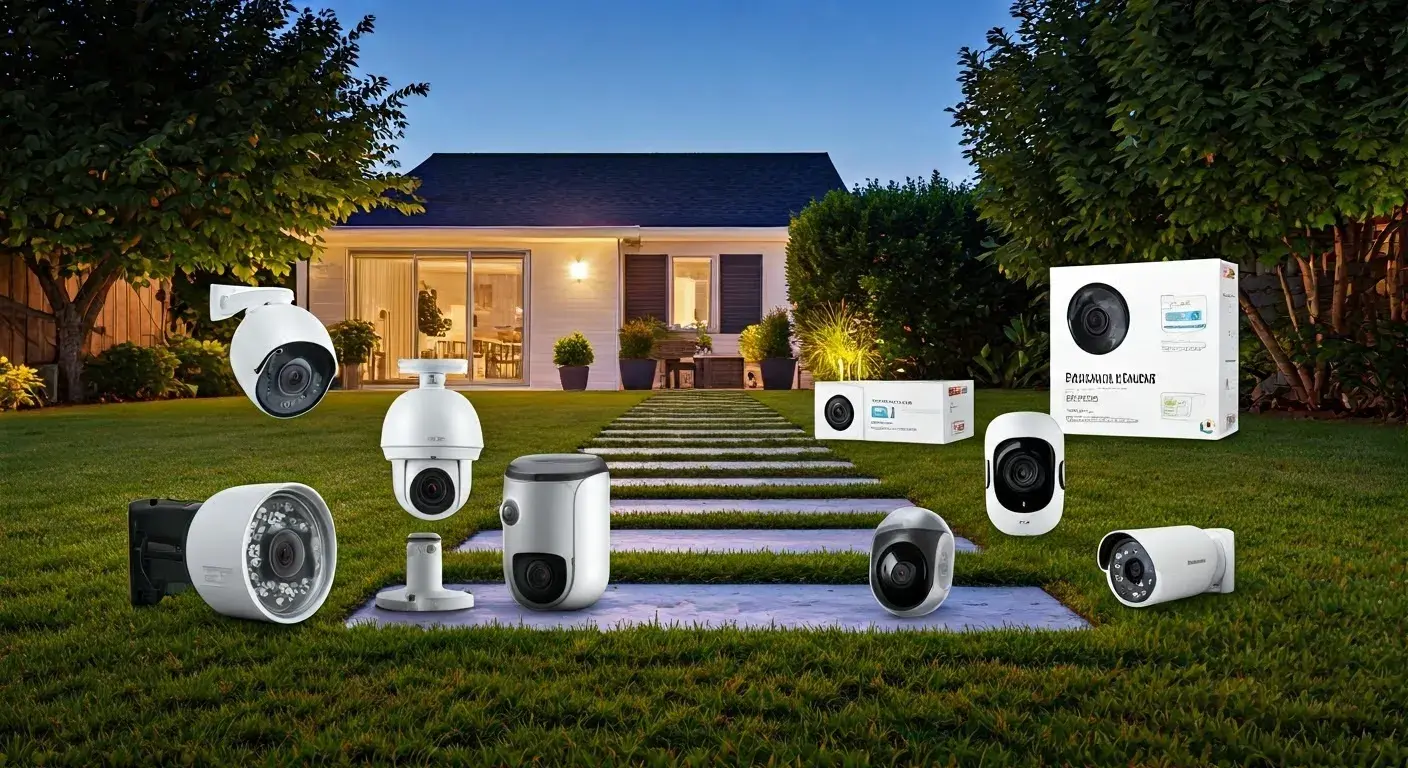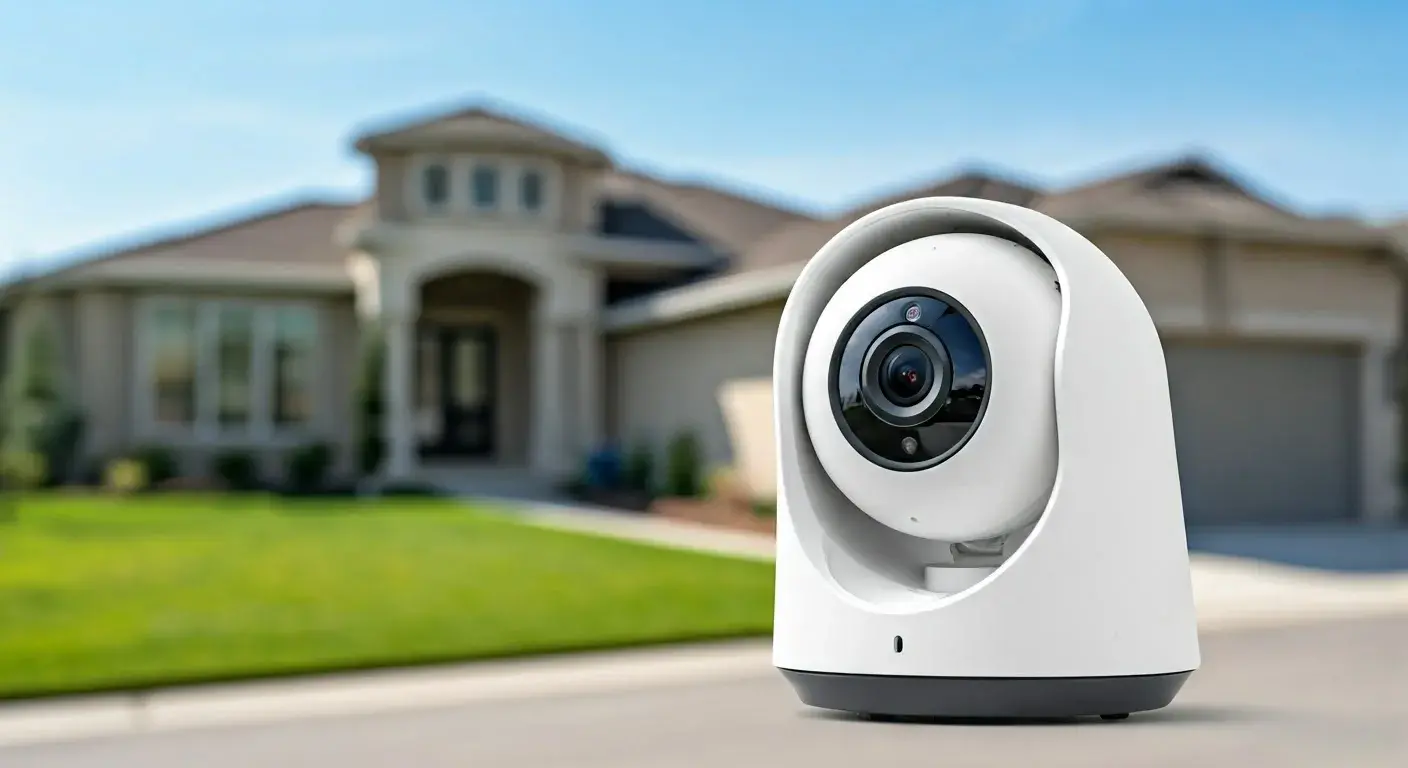In the course of guarding your home or business, safety Best Security Cameras are an important tool that needs to be installed. However, when there are so many companies offering their security cameras, the problem arises of how to define what the best security camera system is for a particular client. Some important features one should consider when choosing a security camera system include the picture quality and the resolution of the cameras, the coverage angle, the infrared or other light vision technologies, the secure storage of the recorded videos, compatibility with smart home devices, simple setup, and user-friendly controls, and the price. Considering these features will not only assist in the decision-making process by maintaining a budget but also help in selecting a system that offers the best video evidence when necessary.
Image Quality and Resolution
Another crucial aspect of a security camera is the ability to capture high-quality images or videos when the need arises. This determines how much of a detailed output both the real-time and recorded stream will be. Cameras with higher resolutions offer crisper images with finer detail as compared to lower-resolution ones. The usual pixel densities of security cameras include 480p, 720p, and 1080p. 1080p HD cameras have the highest resolution in the mainstream market today with a pixel resolution of 1920 x 1080. This gives a very clear and sharp image quality that is capable of taking pictures of the face and other unique features. Besides resolution, other aspects are important such as the number and type of image sensors that the camera should have to give you good low light or what is often referred to as night vision.
Field of View
The Field of view refers to the width of the area visible from side to side and top to bottom by the security camera lens. For instance, wider angles, such as 180 degrees, allow for capturing more of the environment from a single position, while more limited fields of view will allow for more targeted surveillance. Anticipate areas to cover and the number of cameras that you intend to install when setting the right field of view for your application.
Night Vision Capabilities
Of many standard security cameras, there is always the weakness of not being able to monitor the area in question with clear video footage at night, even though most break-ins and thefts transpire during the night. High-quality night vision is crucial for surveillance 24/7 around a house or a commercial space. Low light infrared technology works by the use of LED lights to enable video recording even in environments with zero light without compromising on image clarity. Select a security system that has enhanced night vision capabilities to boost its effectiveness.
Secure Data Storage
The security camera system is not complete if there is no proven technique for storing and organizing the recorded video. Still, most systems store their footage locally on a DVR or NVR device but the data stored can be lost due to system failure or theft. Having offsite file storage in the cloud ensures redundancy since the video is uploaded to cloud storage platforms on the internet. This guarantees proof of existence in the event of equipment loss or destruction. When selecting camera systems, it is important to consider options of integrated storage to provide the best security for the recorded data.
Smart Home Integration
Most modern security systems allow the connection with smart home systems such as Amazon Alexa, Google Assistant, or Apple HomeKit. This makes the voice control convenient for monitoring the live camera feed or recorded clips on smart displays across the home. Smart integration also allows remote system control through the manufacturer’s companion mobile apps through WiFi. Suppose a camera system that features smart functionality for enhanced flexibility and connectivity.
Thus, the installation and use of the product are simplified. Acquiring a sophisticated security camera that needs professional advice and installation does not come with any consideration for the price or flexibility. Instead, today’s top-rated systems have DIY installation-friendly designs for small or large areas of coverage. Check for ruggedized cameras together with mounting accessories together with clear but precise guides on how to set them up. The system dashboard and the software for the control of viewing and other options such as alerts must also be designed simply for easy use by users of all levels of experience.
Cost While considering the best security camera system, price is not the only factor given the competitive prices offered by leading brands. That said affordable systems are available in wired, wireless, and wire-free configurations suitable for an array of spaces. The construction of the system over time is also possible, so you can gradually expand it by adding more components such as cameras, memory cards, or cloud storage if necessary. Bear these factors in mind relative to costs as you seek value in line with your protection concerns.
Final Takeaways
Full property protection, highest resolution, excellent night vision, and secure data protection are just some of the essential features characterizing advanced security camera systems available in the present day. Assessing specific requirements and the environment it will be installed helps greatly in finding the required system and going beyond to get the best. The best option is to devote time and effort to researching and comparing several options that meet the basic criteria on your checklist to achieve great value for money towards achieving the ultimate security for homes or businesses. Considering the spectrum of high-performing brands and features, the task of selecting a top-notch security camera system that would combine performance with affordability is now closer than ever.
Protect your home today with ADT’s top-rated security solutions!
Call now at +1 877-470-7879 to get a free consultation and find out how you can secure your home with the best in the business. Don’t wait—ensure your peace of mind with ADT!






